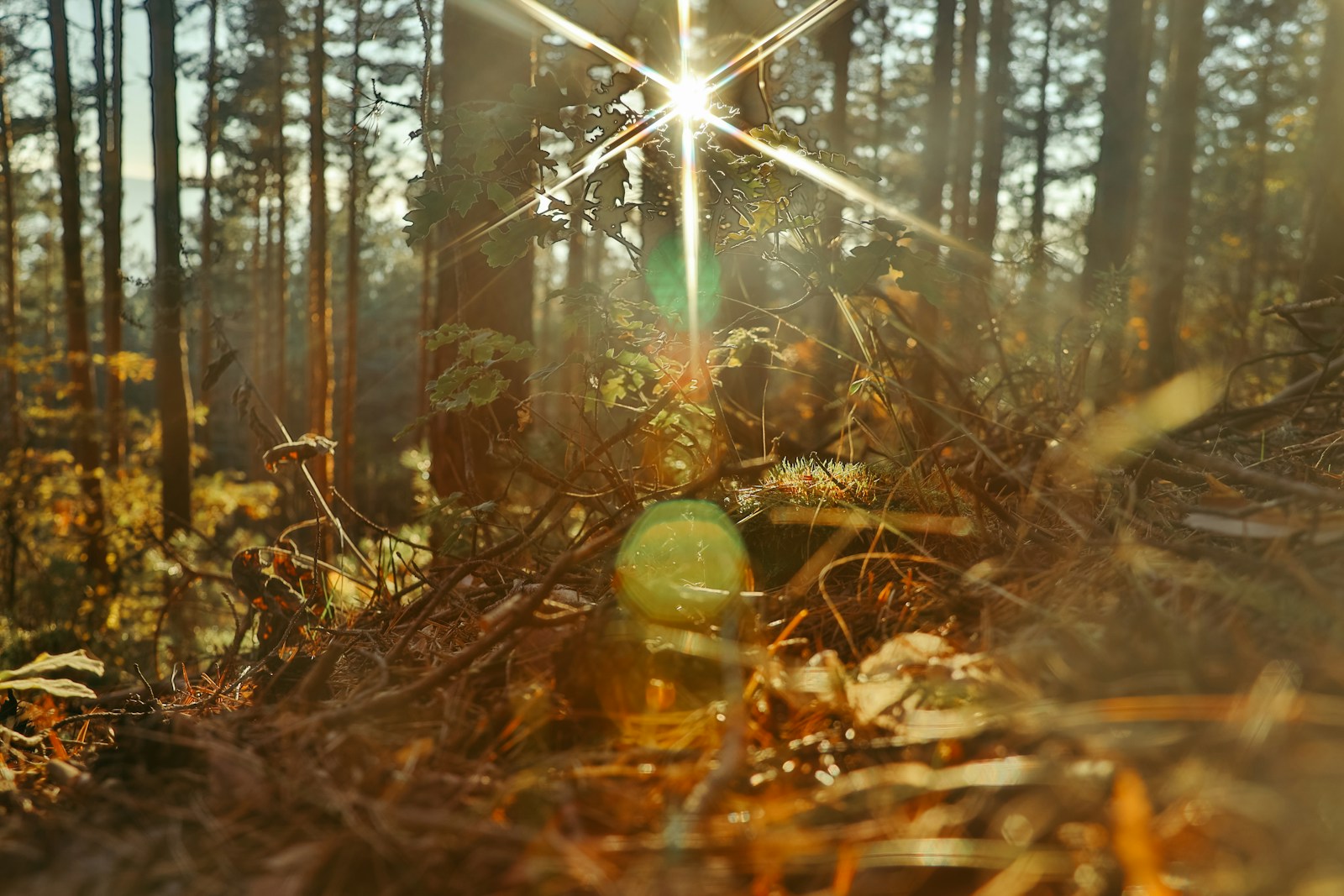Ah, coffee. The elixir of life, the fuel for countless mornings, the aroma that whispers sweet promises of productivity. But hold the cream and sugar, because there’s a bitter truth brewing: climate change is messing with your beloved cup of joe.
Table of Contents
ToggleBrewing a Storm: How Rising Temperatures Disrupt the Bean Game
Coffee isn’t a magic bean that pops out of the ground. It’s a delicate dance between specific temperature ranges, rainfall patterns, and sunshine. Think Goldilocks and the three porridge bowls, but instead of temperature, it’s humidity, altitude, and soil acidity. And guess what? Climate change is playing havoc with this delicate balance.
1. Heatwave Hijinks: Beans Like it Cool, Not Scorching
Coffee plants are like sunbathers, but only up to a point. Crank up the thermostat beyond their sweet spot, and they get stressed out. Yields plummet, quality suffers, and those perfectly plump beans start resembling shriveled raisins. It’s like asking your barista for a double shot of disappointment.
2. Rainfall Roulette: Too Much or Too Little is a Bad Brew
Drought turns coffee plants into grumpy, dehydrated moccas. Not enough rain, and those berries shrivel up faster than a politician under scrutiny. But too much rain can be just as bad, washing away vital nutrients and triggering fungal diseases. It’s a coffee-lover’s version of Goldilocks’ porridge dilemma, only with way less singing and way more despair.
3. Pest Party: When Climate Change Invites Unwanted Guests
Rising temperatures and changing weather patterns are like an open invitation for coffee plant party crashers. Bugs, especially the aptly named coffee borer beetle, are having a field day in this warmer world, chomping down on valuable beans and leaving plantations looking like polka-dotted battlefields.
The Ripple Effect: From Bean Shortage to Brew-Ha-Ha
These climate-induced coffee woes aren’t just a barista’s nightmare. They can lead to price hikes, shortages, and even a change in the taste of your favorite brew. Imagine a world where lattes cost more than your rent and that morning cappuccino has a hint of beetle bitterness. Not a pretty picture, is it?
Beyond the Bitter Brew: A Brewing Hope for Your Coffee Fix
So, should you start hoarding instant coffee and stock up on tea supplies? Not so fast, caffeine fiends! While the situation is serious, there’s still hope brewing. Farmers are adopting climate-smart practices like shade-grown coffee and drought-resistant varieties. Scientists are researching heat-tolerant beans and ways to combat pests. And consumers like you can choose sustainable brands and support fair trade practices.
Remember, every cup counts. By making conscious choices, we can protect the future of coffee and ensure that the only jitters we experience are the blissful kind, not the climate-induced variety.
FAQs:
1. Is coffee really going extinct? Not quite. While climate change poses a big threat, research and adaptation efforts are brewing hope.
2. Will my daily latte cost a fortune? Prices might rise due to limited supply, but supporting sustainable practices can help stabilize the market.
3. What can I do to help? Choose shade-grown or fair trade coffee, reduce your caffeine intake, and support organizations working on climate solutions.
4. Can I grow my own coffee plant? It’s possible, but replicating the ideal conditions can be tricky. Maybe stick to herbs for now.
5. Will there be a future where I have to drink tea instead of coffee? Never say never, but let’s focus on making sure coffee lovers everywhere can enjoy their cup of joy for generations to come.
So, raise your mug high, not in surrender, but in solidarity. Together, we can ensure that the future of coffee is bright, bold, and most importantly, caffeinated.







